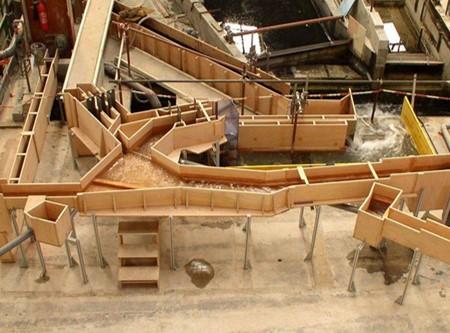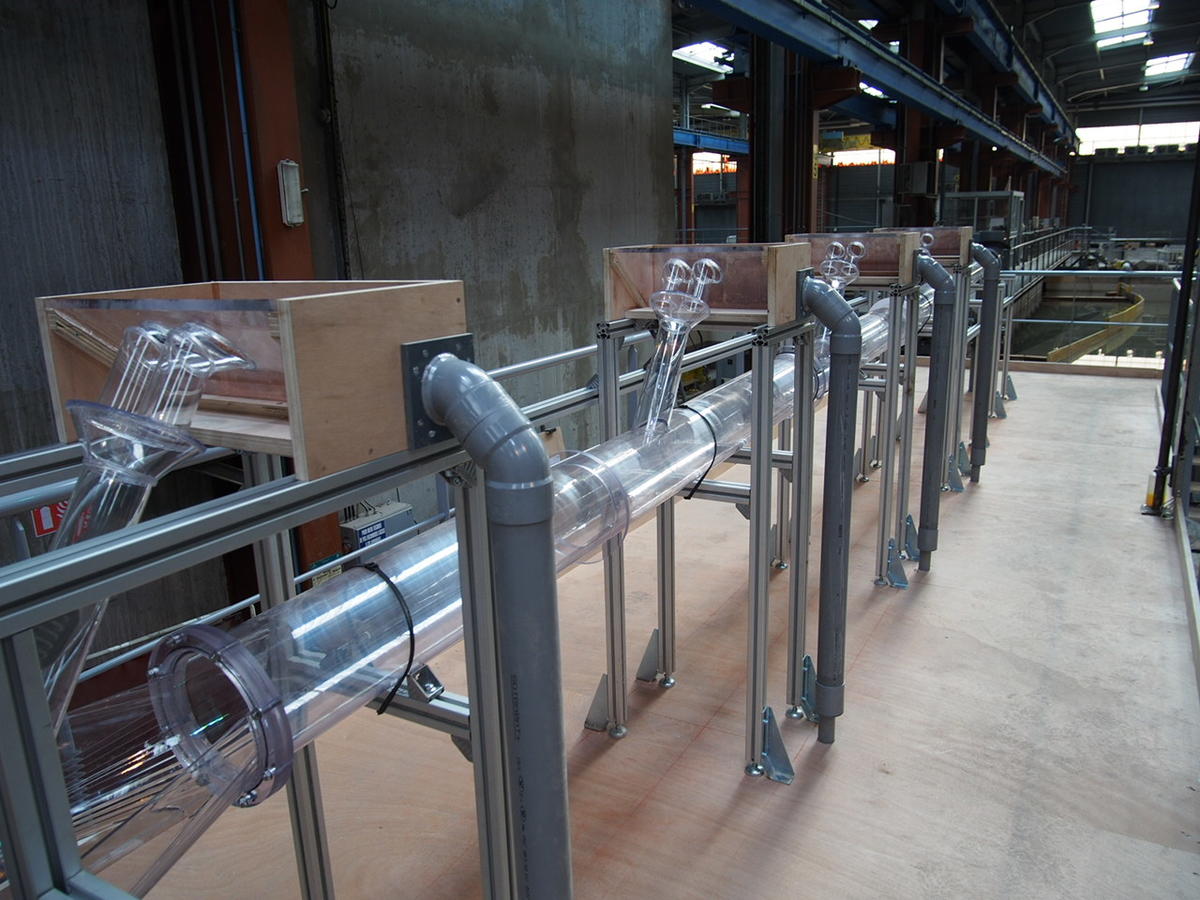
Urban and industrial hydraulics
Urban and industrial sites often require complex structures to be installed in limited spaces and comply with tight restrictions. Physical hydraulic modelling offers a powerful and reliable means of optimising the dimensional designs of such structures and, hence, of reducing the cost of the project.
What we do
In the case of complex hydraulic structures performing functions such as gravity-flow conveyance, pumping, storage or treatment of urban or industrial water (stormwater, wastewater, salt water or raw water), physical models can be used to perform in-depth hydraulic assessments including:
- checking and validating the hydraulic design of the structures and ensuring that they function correctly
- optimising the geometry of the structures, in order to:
- minimise hydraulic risks
- reduce the project cost (the civil engineering portion and/or the works phase)
- studying the pump supply conditions in detail (rotation, uniformity of velocities, risk of vortex formation, etc.)
- ensuring the reliability of technical designs for complex structures.
Our expertise
Drawing on its long-standing experience in modelling hydraulic structures of this type, Artelia’s laboratory offers the following services:
- detailed, accurate representation of geometrically complex structures
- in-depth 3D physical modelling of the following types of flow:
- steady
- slow or fast unsteady
- air-water two-phase (drop structures, shafts, etc.)
- with sediment load
- measurement and recording of key hydraulic parameters (velocity fields, flow rates, water levels, pressures, etc.)
- analysis of the behaviour of floating debris and debris transported into structures; characterisation of clogging
- analysis of sediment behaviour inside structures; entrainment and deposition capacity.
Examples of structures studied using physical models
-
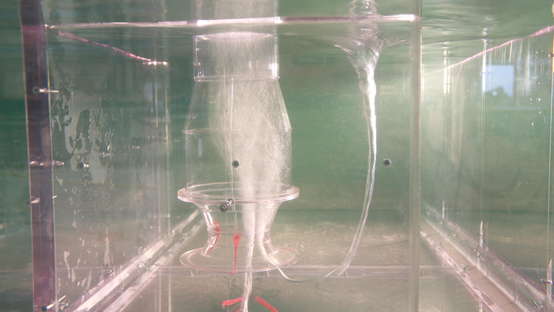
Pumping stations
The service life and efficiency of a pump depend primarily on the overall hydraulic design of the pumping station in which it is installed.
When it comes to accurately representing fast, fluctuating 3D flows, physical modelling is still unquestionably the benchmark technique. -
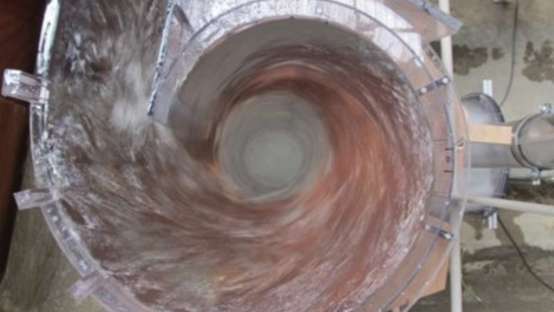
Drop structures
A key challenge in designing urban water networks is transferring fast-flowing water over large drop heights whilst maximising energy dissipation; when it comes to designing drop structures, physical modelling is widely recognised as a valuable aid.
-
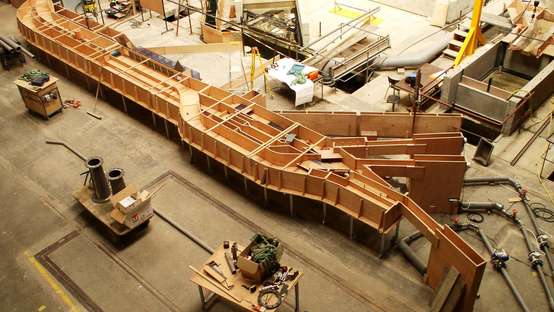
Urban networks
Whether combined or separate, underground stormwater and wastewater networks feature many components that often require meticulous design studies, such as storm overflows, automatic valves, drop structures, convergences, confluences and flow distribution chambers.
-
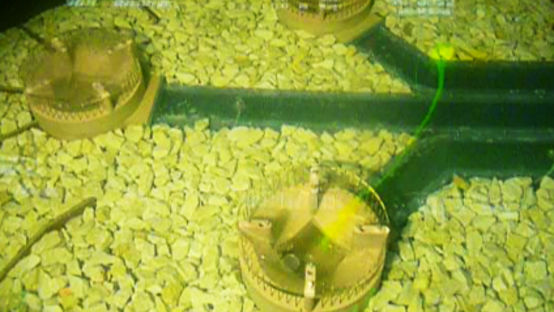
Water intakes and outfalls
Ensuring optimal conditions for supplying water to a process and releasing effluent into the environment.

